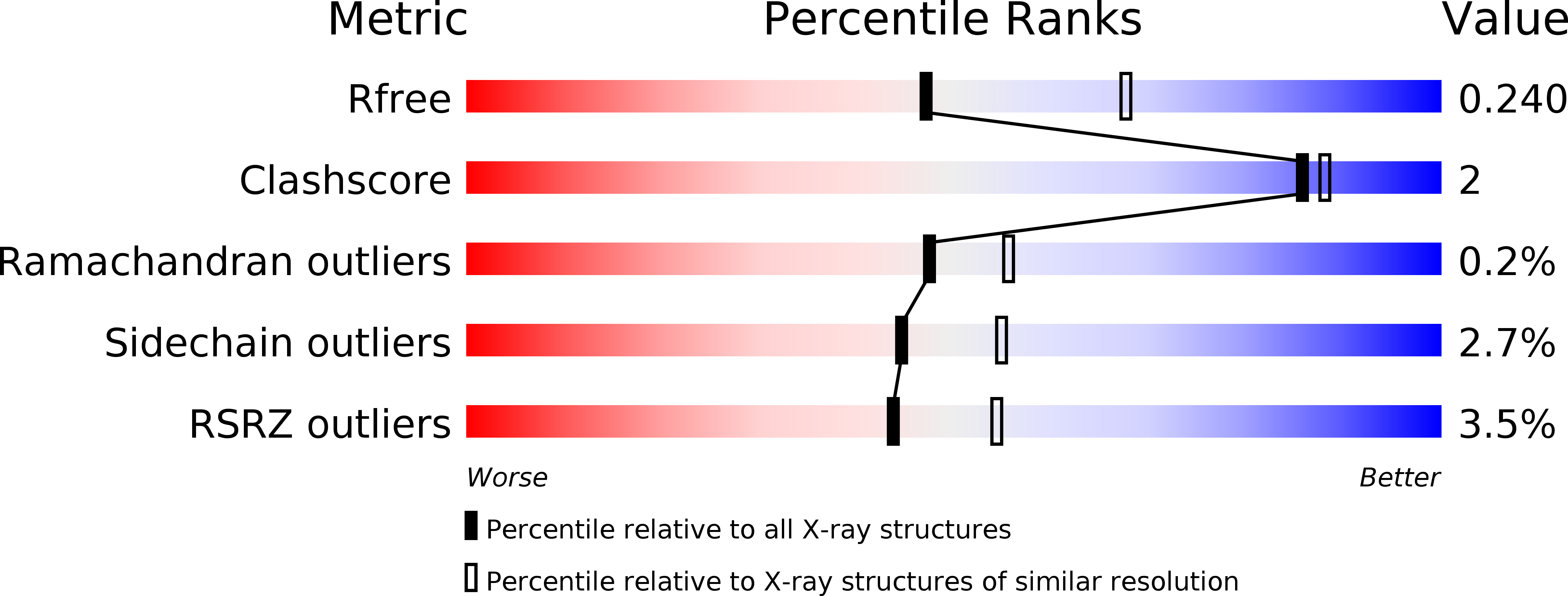
Deposition Date
2017-11-30
Release Date
2018-06-13
Last Version Date
2023-11-22
Entry Detail
Biological Source:
Source Organism:
Sulfolobus islandicus REY15A (Taxon ID: 930945)
Host Organism:
Method Details:
Experimental Method:
Resolution:
2.33 Å
R-Value Free:
0.23
R-Value Work:
0.20
R-Value Observed:
0.20
Space Group:
P 21 2 21


